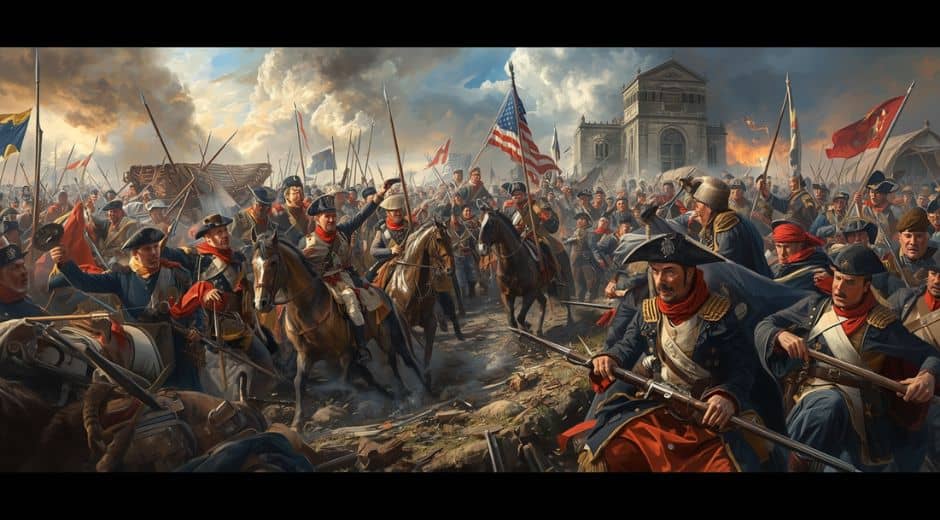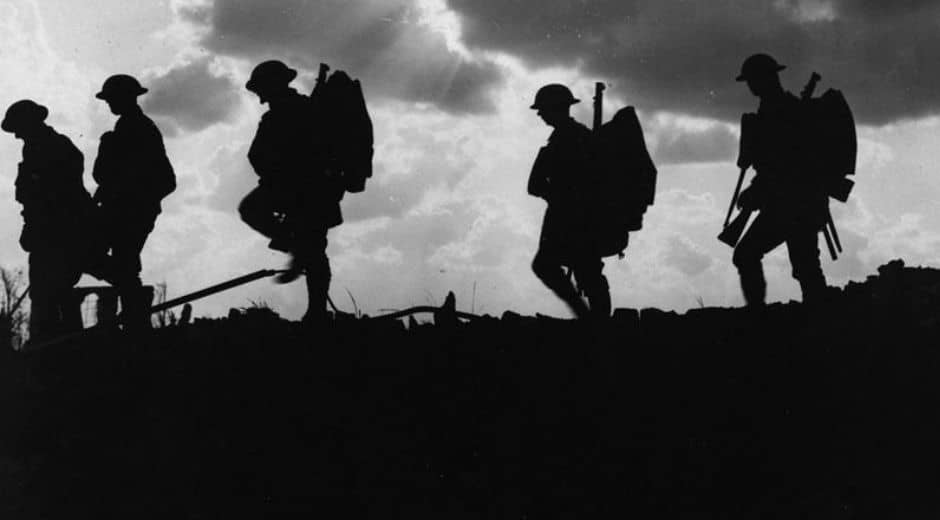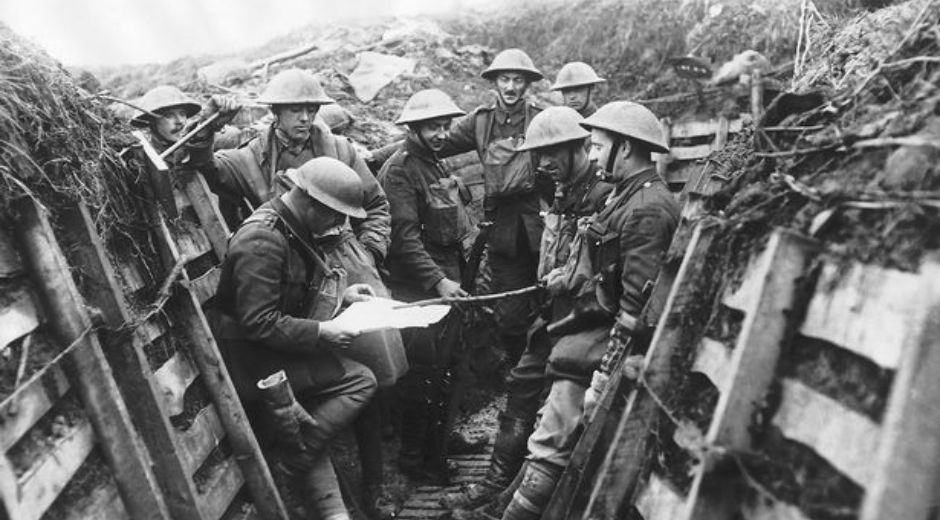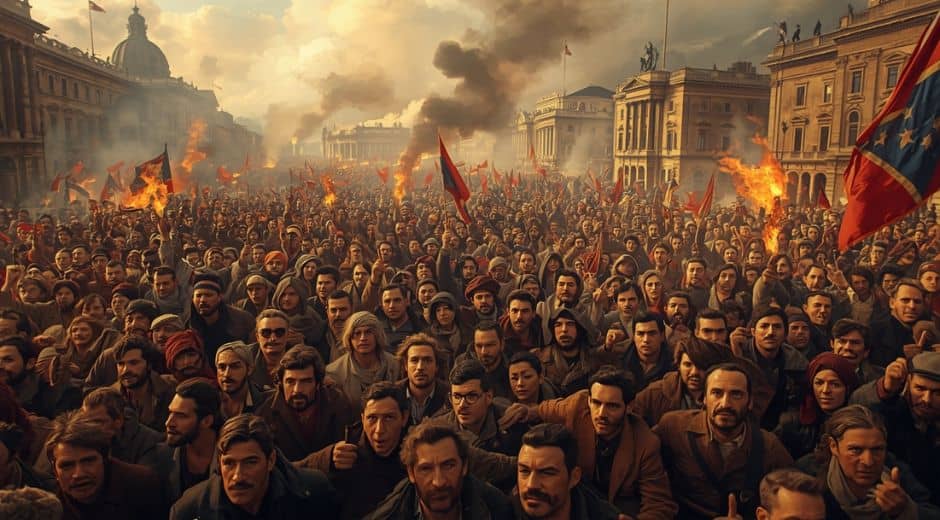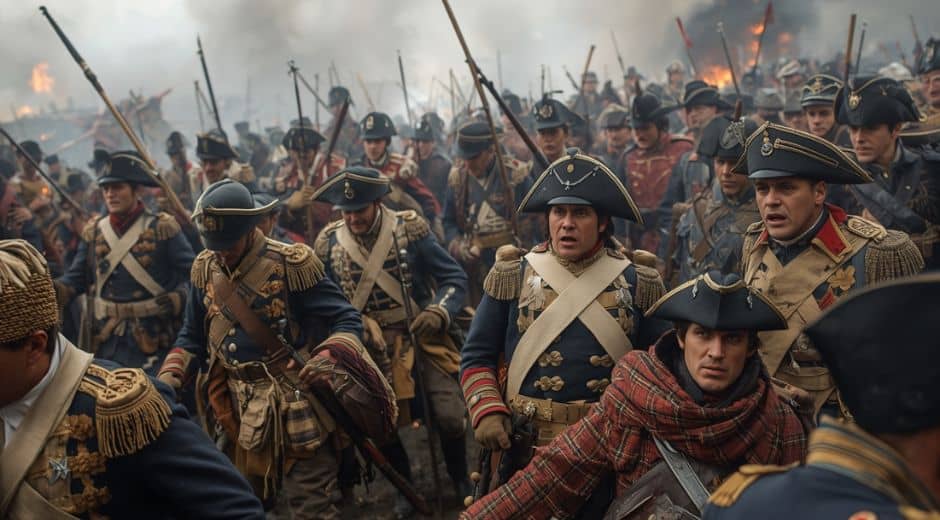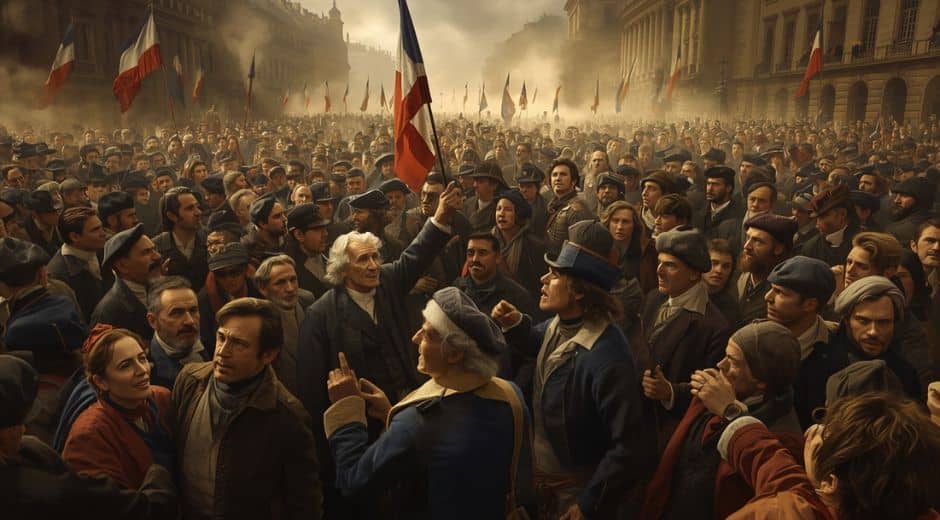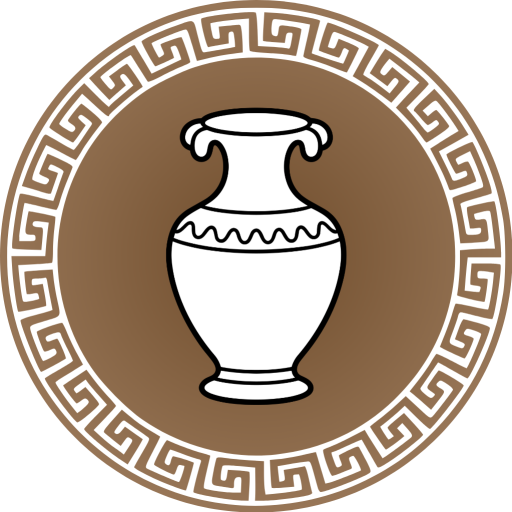The Art of Strategy: Masterminds Behind Historic Battles
The Art of Strategy: Masterminds Behind Historic Battles
Throughout history, wars have been won not only with strength or numbers but with the brilliance of Strategy. From the sweeping plains of ancient battles to the fortified citadels of medieval empires, the minds behind these victories crafted tactics that changed the course of nations. Understanding the Strategy behind historic battles is more than a study of military maneuvers — it is a glimpse into human ingenuity, foresight, and the complex art of decision-making.Across centuries, the legend of Atlantis has echoed through time — a civilization said to have flourished and vanished beneath the sea. Philosophers, explorers, and mystics have all sought to uncover this Eternal mystery: was Atlantis merely a myth, or a memory of a world humanity once knew?
Visionaries of the Battlefield
Great leaders throughout time have demonstrated that the most decisive victories often stem from careful planning rather than sheer force. Alexander the Great, Hannibal Barca, and Napoleon Bonaparte are just a few examples of commanders whose genius lay in their Strategy. By analyzing terrain, anticipating enemy movements, and deploying troops with precision, these figures transformed their armies into instruments of unmatched efficiency.
In many ways, Strategy is a reflection of character. A commander’s foresight, patience, and adaptability often determine whether a campaign succeeds or collapses under pressure. As chronicled on Chronostual, studying these leaders teaches us that war is not merely a clash of weapons but a complex interplay of planning, psychology, and timing.
The Elements of Effective Strategy
The core of any military Strategy involves several essential components: intelligence, positioning, timing, and adaptability. Intelligence allows commanders to understand their enemies’ strengths and weaknesses. Positioning ensures that forces are deployed where they can exert maximum influence. Timing can turn a stalemate into a decisive victory, and adaptability allows leaders to pivot when circumstances change unexpectedly.
One striking historical example is Hannibal’s crossing of the Alps. His Strategy combined careful preparation, knowledge of the terrain, and bold execution — a plan that caught the Romans off guard and demonstrated the immense power of foresight. Similarly, Napoleon’s campaigns illustrate how rapid mobilization, psychological insight, and innovative tactics define battlefield supremacy.
Strategy Beyond the Battlefield
While the term Strategy is often associated with warfare, its principles extend far beyond combat. Political maneuvering, economic planning, and even social influence can reflect strategic thinking. Successful military leaders understood that victory required control not just over armies, but over the broader context in which conflicts occurred.
Modern analyses, such as those featured on StyleRadarPoint, highlight how the lessons of historic Strategy continue to inspire contemporary leadership, business, and organizational tactics. By studying these timeless principles, today’s leaders can draw insight from the past to navigate complex challenges in any arena.
Decisive Battles and Their Masterminds
Certain battles stand out as quintessential examples of strategic brilliance. The Battle of Cannae in 216 BCE is a classic illustration: Hannibal’s forces enveloped a larger Roman army, turning what seemed like an impossible situation into a triumph of tactical foresight. At the Battle of Waterloo, Napoleon’s Strategy initially leveraged the power of concentrated force, yet the eventual defeat highlighted how even brilliant plans must adapt to unforeseen circumstances.
Similarly, the sieges of medieval Europe required meticulous planning, coordination, and ingenuity. Commanders had to balance logistics, morale, and intelligence, showcasing the multidimensional nature of military Strategy. Each successful siege or battlefield maneuver reflected a profound understanding of both human behavior and the environment.
Innovation and Adaptation
One hallmark of exceptional military Strategy is innovation. Commanders who could introduce new tactics or unconventional thinking often gained an insurmountable advantage. Sun Tzu, in The Art of War, emphasizes flexibility and deception, principles that resonate through countless historical examples. The ability to adapt, predict enemy behavior, and exploit weaknesses consistently separates great leaders from the merely competent.
Even modern conflicts demonstrate the enduring relevance of these lessons. Contemporary military and corporate strategists alike examine historical campaigns to draw inspiration and anticipate challenges. Resources such as HearstNetworks provide in-depth analyses of how these principles continue to shape global decision-making today.
The Human Factor in Strategy
While planning and tactics are critical, the human element is equally vital. Leadership, morale, and discipline often determine the success of even the most meticulously designed Strategy. Commanders who inspire confidence and maintain cohesion among troops turn theory into reality. Conversely, rigid adherence to a plan without regard for circumstance or emotion can lead to disaster.
This interplay of human psychology and tactical foresight is what makes the study of Strategy so compelling. Historical battles are not just sequences of maneuvers; they are narratives of courage, intellect, and the capacity to anticipate both allies’ and enemies’ actions.
Lessons for Today
Studying historic Strategy offers lessons far beyond military history. It encourages critical thinking, foresight, and the ability to navigate complexity — skills relevant in business, governance, and personal development. By analyzing how past leaders succeeded or failed, modern audiences can glean insights into the timeless art of planning and execution.
On Chronostual, we explore these intersections between history and contemporary relevance, showing how the mindsets of historic masterminds continue to inform our understanding of leadership and decision-making.
Conclusion
The art of Strategy is a testament to human ingenuity. From ancient plains to modern boardrooms, the ability to plan, adapt, and execute with precision has defined leaders and shaped history. Masterminds behind historic battles demonstrate that victory is not merely a matter of strength but of insight, timing, and the courage to innovate.
In reflecting on the lessons of the past, we see that Strategy is more than a military concept — it is a way of thinking, a philosophy, and a guide for navigating the complexities of any challenge. The brilliance of these leaders reminds us that thoughtful planning and decisive action remain timeless keys to success.
History Insight Legacy
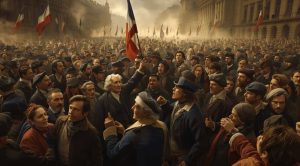
The French Revolution: When the People Rose
The French Revolution ignited a new era of freedom, equality, and human rights, transforming society and inspiring movements that shaped the modern world.

Leonardo da Vinci: Genius Beyond Time
Leonardo da Vinci, the ultimate Renaissance mind, merged art, science, and imagination to redefine creativity and human potential across centuries.

The Black Death: Hidden Impact Behind the Plague
The Black Death reshaped medieval Europe in ways beyond devastation, triggering hidden social, cultural, and economic transformations that redefined civilization.
